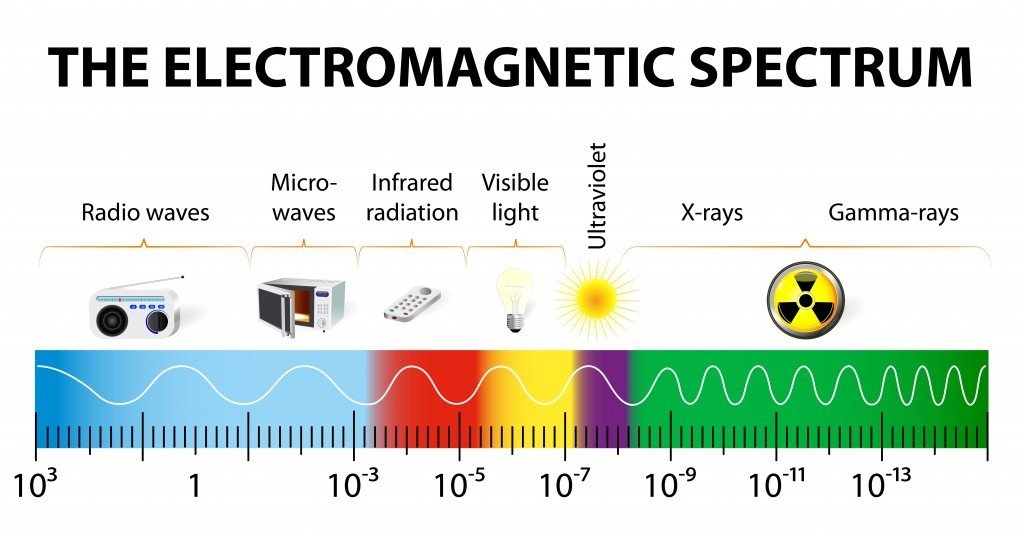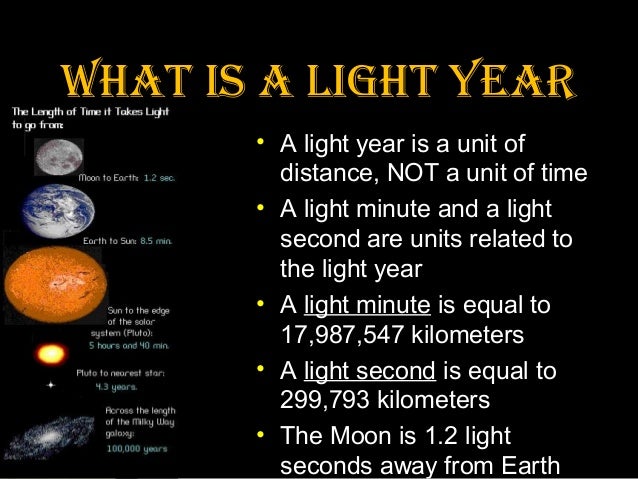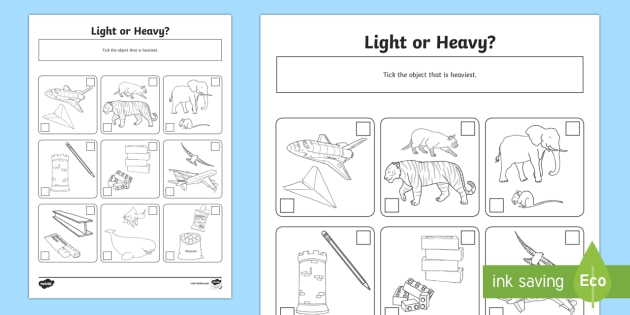

Going the Distance on National Tape Measure Day.Learn how a laser interferometer is used to precisely measure distances along a measuring tape. How Do You Ensure That a Tape Measure is Accurate.

Inside a 60-meter-long underground tunnel, measurement scientists check the accuracy of tape measures.
How It’s Measured: Calibrating Tape Measures. Look carefully, because some items do not have a match! (Quintessential Instructional Archive) Draw a line to connect between like measurements. Become familiar with equivalent metric length measurements with the Length Column Game. Develop an understanding of how small a nanometer really is with the What is a Nanometer activity? During the lesson students will measure common classroom objects and convert the results to nanometers. Calculate Focal Length in this hands-on activity and explore this important concept that’s used in STEAM tools like microscopes, telescopes, and cameras. Practice measuring length with centimeters in the Squares and Rectangles activity. Examine Cell Size and Scale using an interactive graphic. (University of Capetown, Department of Physics) Using the Vernier Calipers & Micrometer Screw Gauge. Meter – Whether it’s the interminable distance to Grandma’s house, a span of cloth, the distance to the track and field race finish line, or the space between the unfathomably small transistors on a computer chip, length is one of the most familiar units of measurement. Metric rulers are available from many retail vendors, which can be identified by using search terms such as "metric rule," "meter stick," or "metric stick." Printable rulers, such as the centimeter Color-square rules, can be color printed on to overhead transparency sheets to make inexpensive metric rulers. The new conversion factors were announced in 1959 in Federal Register Notice 59-5442 (June 30, 1959), which states the definition of a standard inch: The value for the inch, derived from the value of the Yard effective July 1, 1959, is exactly equivalent to 25.4 mm. The American yard was shortened and the imperial yard was lengthened as a result. In 1958, a conference of English-speaking nations agreed to unify their standards of length and mass, and define them in terms of metric measures. The liter (1 cubic decimeter), although not an SI unit, is accepted for use with the SI and is commonly used when measuring fluid volume, but is also used when measuring gases and solids.įAQ: When did the metric redefinition of the inch occur? unit of volume is the cubic meter (m 3). 
unit of area is the square meter (m 2).unit of acceleration is the meter per second per second (m/s 2).The speed of light in vacuum is 299 792 458 meters per second. unit of speed is the meter per second (m/s).The meter was once defined by a physical artifact - two marks inscribed on a platinum-iridium bar, like these from the NIST Museum.įrom the meter, several other units of measure are derived such as the: The meter (m) is defined by taking the fixed numerical value of the speed of light in vacuum c to be 299,792,458 when expressed in the unit m s −1, where the second is defined in terms of ∆ν Cs. Staff and Technical Experts Directory Expand or Collapse.The National Conference on Weights and Measures (NCWM).NIST / OWM Security and Privacy Policies.
Unit of measure larger than light year how to#
How to Reset Password Using the Contacts System (PDF).How to Request Training & Transcript Using the Contacts System (PDF).How to Request Publications using OWM Contacts System (PDF).Quick Guide for OWM Contacts System (PDF).OWM Contacts Systems Expand or Collapse.Weights & Measures Resources Expand or Collapse.Electric Vehicle Fueling and Submetering.National Working Groups Expand or Collapse Resources for Continuing Education and Training.Legal Metrology Devices Expand or Collapse.Laws and Regulations Expand or Collapse.Laboratory Metrology Expand or Collapse.International Legal Metrology Expand or Collapse.







 0 kommentar(er)
0 kommentar(er)
